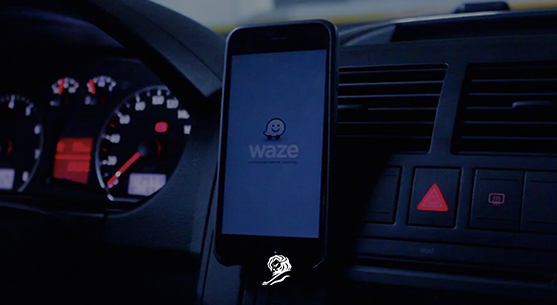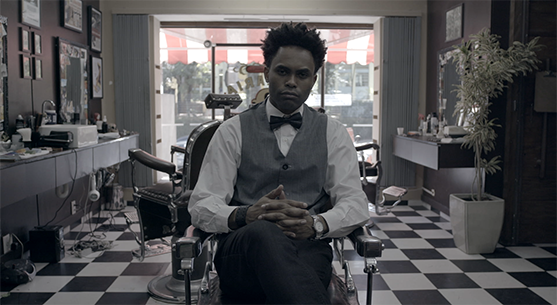MUSIC HOLIDAYS
In 2017 I decided to create a personal project called Music Holidays. A series of posters that celebrates the people who made a huge difference in the music industry. From inventions to new tendencies, this tribute aims to credit artists who are somehow, responsible for all diversity and possibilities available today for consumers and musicians.
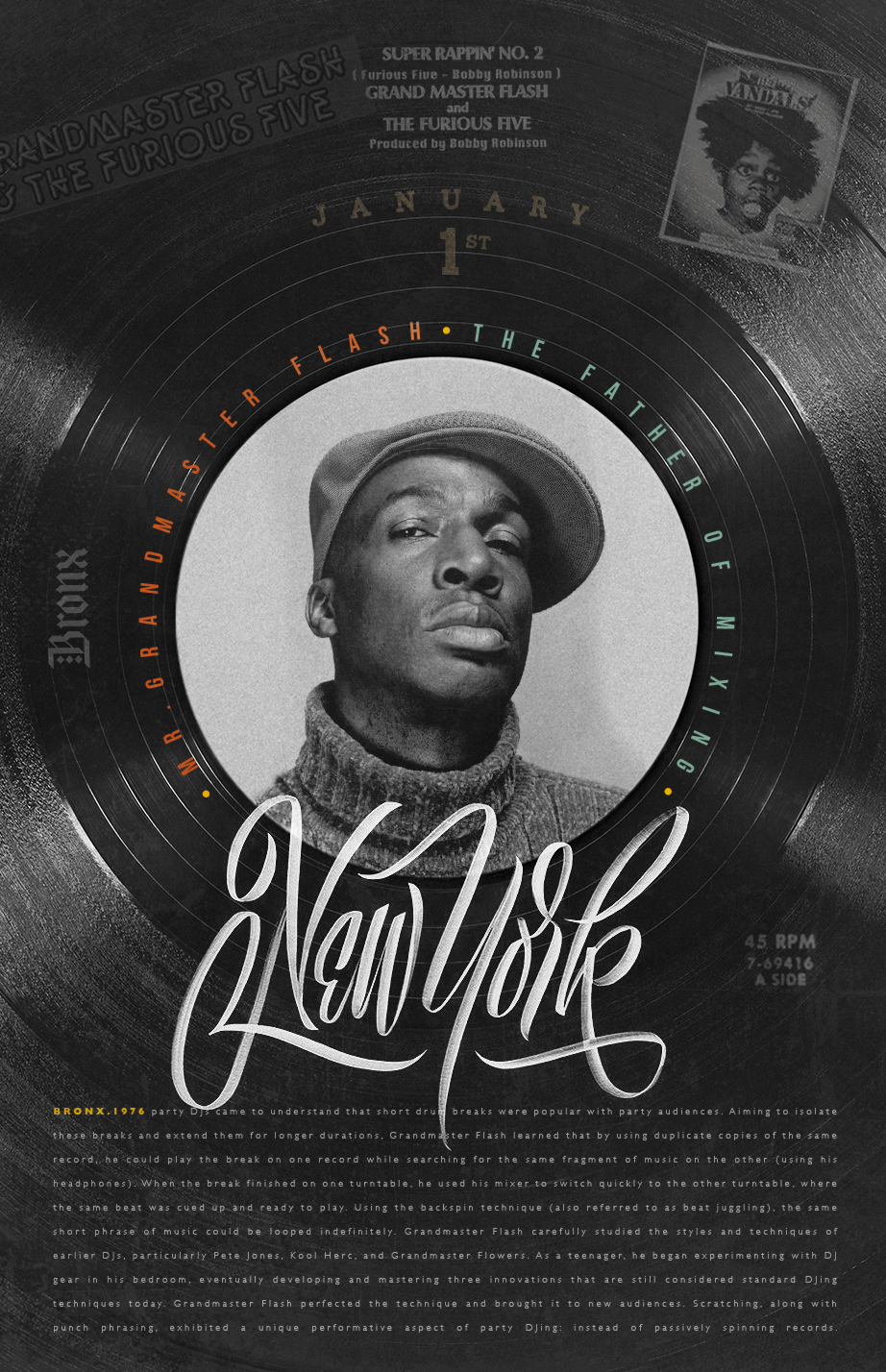

GRANDMASTER FLASH • JANUARY 1ST
Grandmaster Flash carefully studied the styles and techniques of earlier DJs, particularly Pete Jones, Kool Herc, and Grandmaster Flowers. As a teenager, he began experimenting with DJ gear in his bedroom, eventually developing and mastering three innovations that are still considered standard DJing techniques today. 1. Backspin technique: Early New York party DJs came to understand that short drum breaks were popular with party audiences. Aiming to isolate these breaks and extend them for longer durations, Grandmaster Flash learned that by using duplicate copies of the same record, he could play the break on one record while searching for the same fragment of music on the other (using his headphones). When the break finished on one turntable, he used his mixer to switch quickly to the other turntable, where the same beat was cued up and ready to play. Using the backspin technique, the same short phrase of music could be looped indefinitely. 2. Punch phrasing (or, clock theory): This technique involved isolating very short segments of music, typically horn hits, and rhythmically punching them over the sustained beat using the mixer. 3. Scratching: Although the invention of record scratching as a form of adding to the musical entertainment is generally credited to Grand Wizzard Theodore, Grandmaster Flash perfected the technique and brought it to new audiences. Scratching, along with punch phrasing, exhibited a unique performative aspect of party DJing: instead of passively spinning records, he manipulated them to create new music. New York lettering by Erik Marinovich (http://www.erikmarinovich.com/)
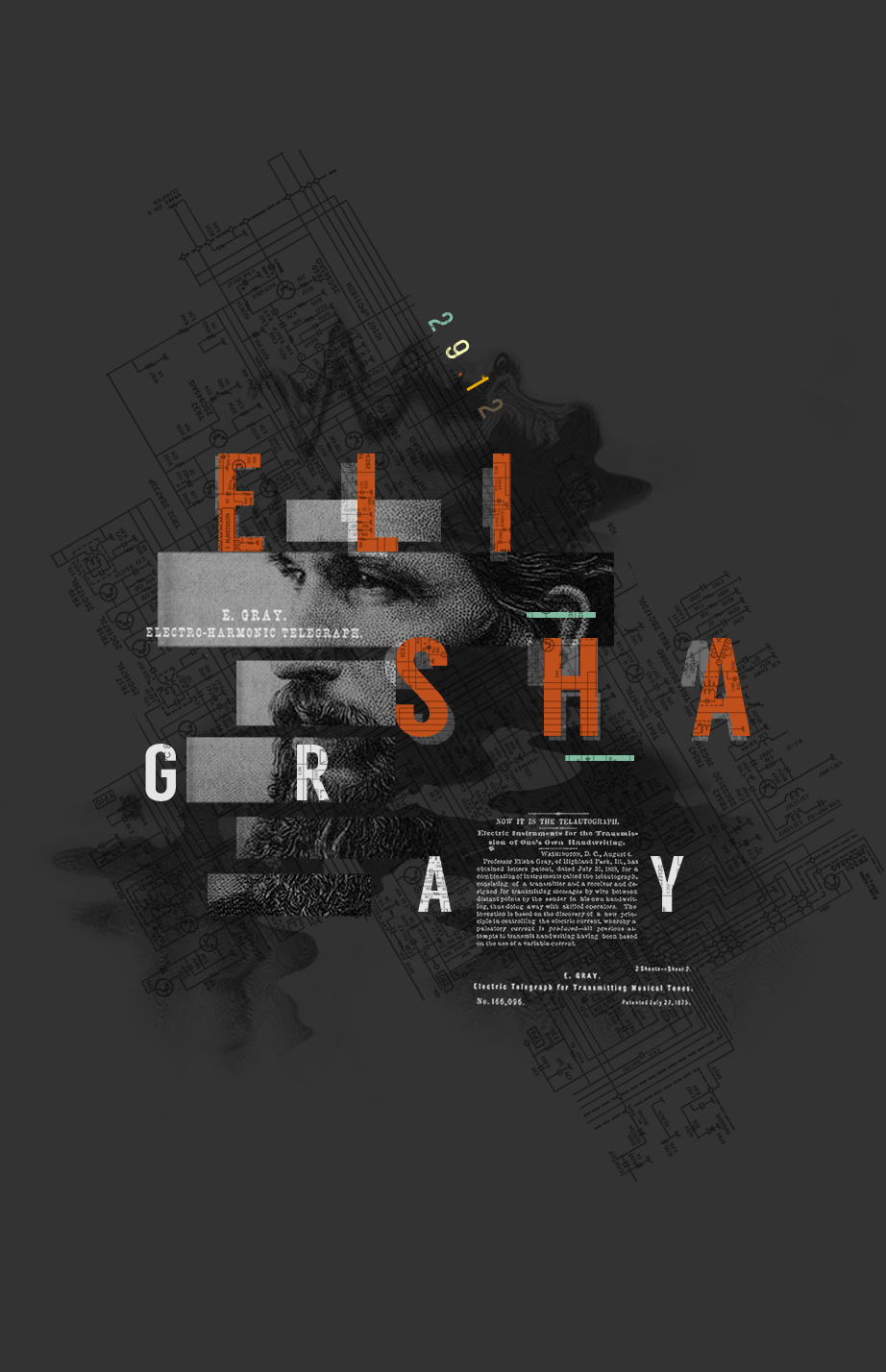

ELISHA GRAY • DECEMBER 29TH
Elisha Gray would have been known to us as the inventor of the telephone if Alexander Graham bell hadn’t got to the patent office one hour before him. Instead, he goes down in history as the accidental creator of one of the first electronic musical instruments. Gray’s invention used and electro-acoustic principle whereby a set of tuned steel reeds where vibrated by an electro magnetic current the resulting self-oscillating current could then be transmitted over a telephone line as a buzzing musical tone. Gray built a simple receiver and loudspeaker device called the ‘Washbasin Receiver’ – essentially a large telephone-like speaker built from an old washbasin mounted close to the poles of an electromagnet. By vibrating the metal washbasin the receiver recreated and amplified the sound of the instrument (which in this pre-amplifier era was the only way to make the instrument audible.) With each key having an associated ‘oscillator’ the Musical Telegraph was truly polyphonic. To prevent sympathetic vibrations from non-active keys Gray used a series of mechanical stops allowing the production of a clean individual tone per key. This was the first version of a synthesizer and a precursor for electric instruments in general.
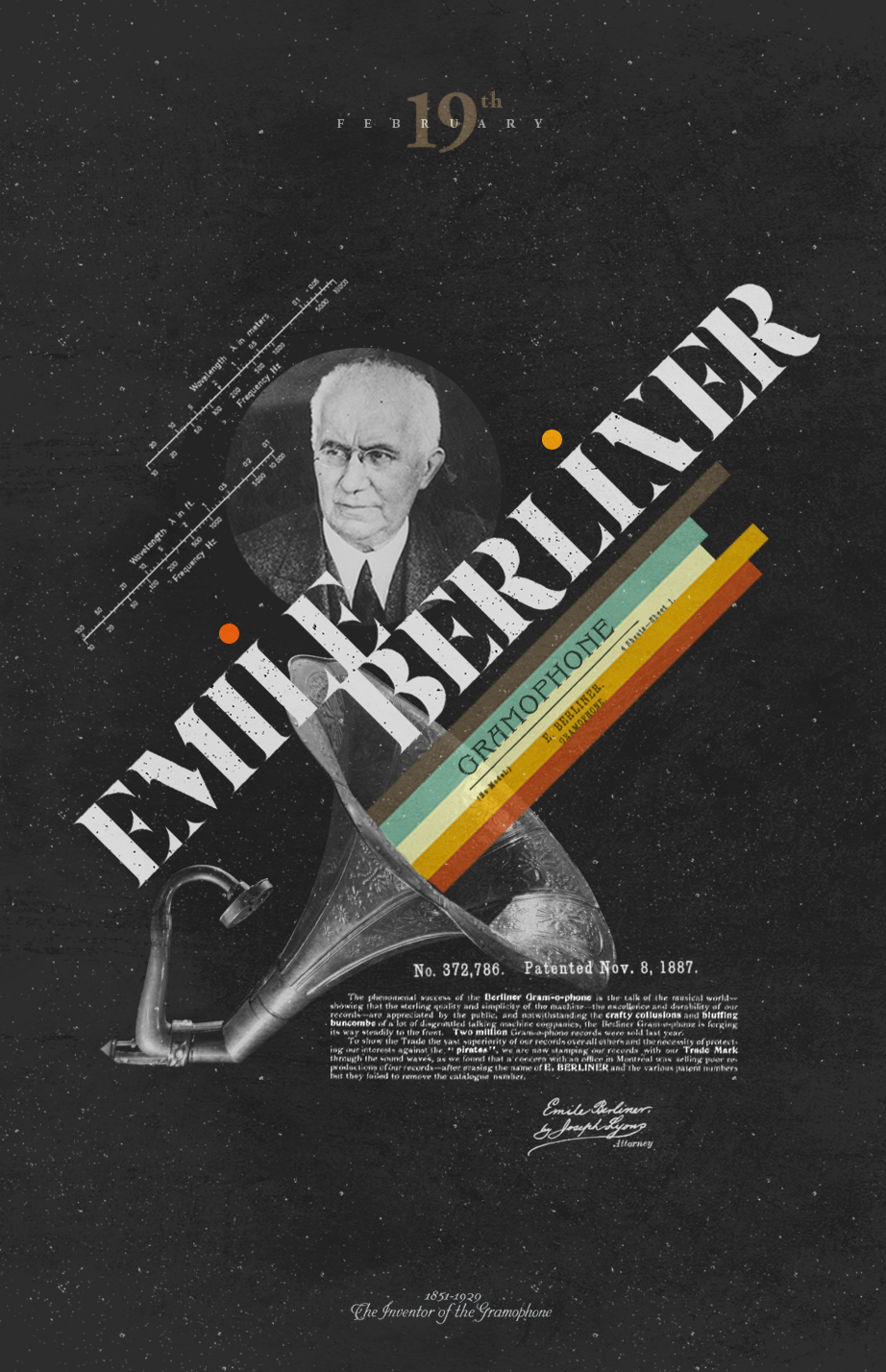

EMILE BERLINER • FEBRUARY 19TH
Emile Berliner, was a German-born American inventor. He is best known for inventing the flat disc phonograph record or the Gramophone. This was the very first time in history music/sound had a media format. In 1886 Berliner began experimenting with methods of sound recording. He was granted his first patent for what he called the "Gramophone" in 1887. The patent described recording sound using horizontal modulation of a stylus as it traced a line on a rotating cylindrical surface coated with an unresisting opaque material such as lampblack, subsequently fixed with varnish and used to photoengrave a corresponding groove into the surface of a metal playback cylinder. In practice, Berliner opted for the disc format, which made the photoengraving step much less difficult and offered the prospect of making multiple copies of the result by some simpler process such as electrotyping, molding or stamping. In 1888 Berliner was using a more direct recording method, in which the stylus traced a line through a very thin coating of wax on a zinc disc, which was then etched in acid to convert the line of bared metal into a playable groove.







